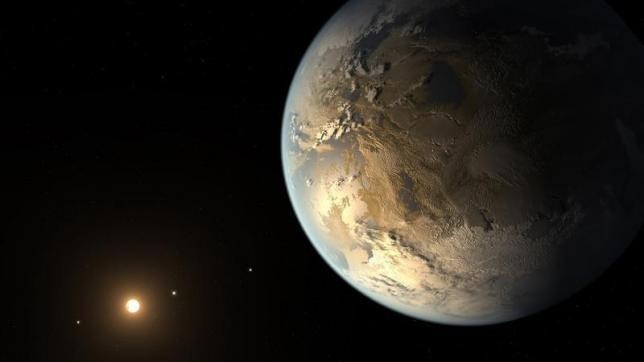Astronomers have identified the fundamental compounds of life forms in a remote star system. This milestone indicates that Earth is not alone to have contained life sustaining components in the star system, the Space reported. The study, which is published in the Nature journal, revealed that the "MWC 480" is one proof that several other "earth-like" planets are existing in the universe.
Karin Oberg, the study's lead author from Massachusetts' Astrophysics Harvard-Smithsonian Center said, "The very rich organic chemistry present in the young solar system, as evidenced by cometary compositions, is far from unique. It thus seems likely that the prebiotic chemistry that took place in the solar system, including Earth, is also happening elsewhere."
The researchers were able to identify MWC 480 with the use of ALMA (Atacama Large Millimeter/submillimeter Array) telescope and were able to find out that its distance from the Earth is 455 light years away.
"Researches about the asteroids and comets have shown that the solar system's nebula, which have spawned the planets and the sun, was abundant in organic, complex compounds and water," the lead author said. "We are now gathering evidences that a similar chemistry exists somewhere in the universe, most probably in regions that have the ability to form other solar systems that is not like ours," she added.
The study believes that MWC 480 star is twice as big as the sun; however, its solar system has been identified as newly formed. Through the use of the ALMA telescope, astronomers were not able to detect any proof of planet formation. Also, they have emphasized that these newly discovered compounds could be dissolved by radiation blasts and other massive events.



























